 This week's "story" will be about our latest class of inductees into our Mount Olivet Monument Hall of Fame. Plenty more on that in a moment, as I would be remiss not to remind our readers that this blog is uniquely inspired and influenced by gravestones week in, and week out. That reminds me of something I must make sure you know: Mount Olivet Cemetery sells and designs grave monuments! It's true, and not just a shallow marketing pitch. Now this may be something that many Fredericktonians and Frederick Countians (and beyond) are well aware of, yet there are some folks that likely have no idea. It's understandable as a rival monument dealer is strategically located directly across from our cemetery front gate-a brilliant marketing move which continues to illustrate the real estate mantra of "location, location, location." Custom grave marker sales is something Mount Olivet has been doing for about 20 years now. Our staff has designed, and placed, hundreds of memorials over this period. You certainly have your choice to choose from and shop around, and we get the same "rocks" from the same US quarries as our competitors. We also have had special orders involving the utilization of exotic stone from overseas locations. A key selling point lies in "the one-stop shop approach." Since we work with the customer on purchasing their burial plot, and related grave opening-closing services, why have them deal with an outside firm for the memorial/grave monument that will be placed here? Mount Olivet staff will also be the ones excavating and providing the appropriate cement foundation (for a stone marker), while having the ultimate responsibility in providing overall care and maintenance for the customer's burial lot, and surrounding cemetery, into perpetuity. As is the case with the thousands of grave monuments on our hallowed grounds, the Mount Olivet Cemetery corporation will always be here as it has been since 1854. We don't plan on going anywhere in the future. More than that, money spent on a stone at Mount Olivet doesn't go to a business owner or shareholder, but is solely used in operating and enhancing the cemetery. Doesn't it make sense to obtain a gravestone from us as well? It's interesting to see the variety of choices to memorialize loved ones. You just need to drive or walk through the cemetery to see our vast showroom of models. And that is exactly what some people do. Customers in the form of Mount Olivet lot-holders often take pictures of gravestone shapes, styles and sizes that interest them. They present these images when meeting with our sales team of Meghan Murphy and Rick Reeder. Many times, they will accompany the customer on sightseeing sojourns where the customer can point out aspects of existing stones that they like. Meghan and Rick can easily incorporate these ideas and examples into a design for a custom stone. They also have at their disposal thousands of designs and styles that are available from our vendors and can share these during meetings and appointments. When it comes to choosing and designing a grave monument, remember the old adage, if you can dream it, you can do it. If anything else, shop your preferred stone design idea to different vendors for estimates, but please give us a chance to show you what we can do for you. Now, since we are on the subject of monuments, I promise that you won't find a larger and eclectic collection in central and western Maryland than Mount Olivet Cemetery. The only one that comes close is our sister-"garden cemetery" of Rose Hill Cemetery in Hagerstown. We boast an evocative "museum of marbles" and "gallery of granites." Back in 2017, we launched the Preservation and Enhancement Fund of Mount Olivet Cemetery, a 501 © (3) nonprofit entity with a goal of showcasing and securing our amazing cultural landscape. As many know, we possess a unique blend of nature, art, and architecture symbolically memorializing the human condition. With the assistance of cemetery staff and our Friends of Mount Olivet (FOMO) membership group (begun in Spring, 2020), the non-profit's mission is to preserve the cemetery's historic records, on-premises house and chapel structures and, most noticeably, thousands of vintage gravestones and monuments. Our hope is to educate visitors and Frederick residents alike by sharing the fascinating background of Mount Olivet and those who reside in it, numbering nearly 41,000. The “Friends” group is active in related activities designed to generate enthusiasm in not only history research and gravestone preservation, but continued fundraising while spreading community awareness of this special place. We attempt to accomplish this through engaging and entertaining educational lecture programs, walking tours, special events and anniversary commemorations.  Two summers back, our Friends group established the Mount Olivet Monument Hall of Fame. We inducted seven monuments, including our most famous in Francis Scott Key, as part of the inaugural class. In talking with colleagues and other members of our Friends group, we found it best to frame this new “Hall of Fame” on the look and design of the monuments, themselves, and not on the person(s) buried beneath. So, it is the above-ground masterpiece of art and craftmanship that provides the criteria for consideration, nomination and election to our “Mount Olivet Monument Hall of Fame.” Unlike other "Halls of Fame" (ie: sports, music, etc.), we didn't have to build a gallery on our grounds, as we already have one! The memorials are already in place, some for well over a century and a half already. All inductees appear in the form of a virtual gallery on the MountOlivetHistory.com site. In 2022 and again this past summer, we put the task of Hall of Fame voting to our Friends of Mount Olivet. A nominating committee within the Friends group was formed in early summer and headed up by Mike and Sheila Schaden. Nominees (put forth by Friends members) were submitted throughout the summer and a narrowed down list of 20 was officially introduced at this year's annual picnic in late August. The voting commenced with both in-person, online and mail-in ballot from our FOMO membership. The votes have been tabulated and certified as we proudly share our class of 2023 inductees for the Mount Olivet Monument Hall of Fame. Seabrook "Praying Child" Monument Location: Area A/Lot 95 Date of Placement: after 1902 Decedents: L. S. Seabrook This appears to be a small monument of a naked child praying. In doing a little online research, I found this same design displayed in several other cemeteries such as Mount Auburn Cemetery in Cambridge, Massachusetts, New York's Albany Rural Cemetery in Albany and Schenectady's Vale Cemetery, Green-Wood Cemetery in New York City Brooklyn's vast Green-Wood, and Union Grove in Canal Winchester, Ohio, Oakland Cemetery in Atlanta, Forest Hill in Boston, Elmwood Cemetery in Detroit, and Mount Auburn (the original "garden" cemetery). Examples also appear in Ireland and England. Some of these figures were marble, one was white zinc.  Kneeling child at prayer, Galleria d'Arte Moderna, Genoa-Nervi Kneeling child at prayer, Galleria d'Arte Moderna, Genoa-Nervi Author Paula Lemire of a blog entitled "Beyond the Graves" wrote of this design in an April, 2016 blog: "The little figure was originally the work of Florentine sculptor Luigi Pampaloni (1791-1847). Created around 1826, the figure was originally one of a plaster pair; a sleeping girl and a kneeling boy beside her. On a visit to Pampaloni's studio, Countess Anna Potocka commissioned a marble copy of the boy for the grave of her young daughter Julia in Krakow. The statue, which shows a child kneeling with one knee raised and one foot tucked behind, clasped hands, an upturned face, and long curls, became quite popular and copies some appeared in gardens and cemeteries. Appealing to popular sentimental taste, plaster, alabaster, and porcelain examples could be found in parlors and drawing rooms. Some examples include wings. In some versions, the child kneels on a cushion, where others omit the cushion." This was a popular design of the era and well known to lovers of art and sculpture. Ms. Lemire, in her blog, included a few vintage newspaper advertisements in the 1870 Albany Commercial & Business Directory for monument dealers. These competing stone-carvers distinctly show "the praying child" as a familiar option for funerary art. This monument in Mount Olivet is not used as a larger monument topper, as can be found in many of the places mentioned above. Here it marks the grave of L. S. Seabrook, an infant who died in 1867. Not much more is known of this child belonging to William L. W. Seabrook and wife Harriet P. Seabrook. I venture to say that the baby's name could have been Luther, as that is one of his father's middle names (Luther Wesley). A few feet away in this lot, four other Seabrook children are buried under a miniature obelisk with respective names on each of four panels. Two have the name of Stanley, so perhaps that name (Stanley) could have been the "S" in L. S. Seabrook? Bopst Family Monument Location: Area L/ Lot 192 Date of Placement: after 1901 Decedents: Bion Eugene Bopst, Mary E. (Bruchey) Bopst, Grace E. (Orem) Bopst, Annie Betson The Bopst monument is among the most beautiful in the cemetery. In my first year on the job here, I took several pictures for use in marketing materials for Mount Olivet such as brochures, our website and Facebook. Ironically, I also used a beautiful fall time photograph I had taken for a title page within a PowerPoint presentation I often give on the preservation mission we have here at the cemetery. How's that for some foreshadowing? I'm so pleased to have it recognized in our Monument Hall of Fame. This monument in Area L, not far from the rear of the Key Memorial Chapel, is a pleasant sight for sore eyes and restoration success story. For quite some time, earlier this year and the fall of 2022 that preceded it, the Mourning Woman statue that adorns the top of the Bion E. Bopst family plot marker was "out for repairs." This certainly topped its previous "headless" condition throughout the previous three years—the result of damage from a falling tree during a violent thunderstorm that hit the cemetery in April, 2019.  Williams Monument Williams Monument The "Mourning Woman" is derived from Classicism and its association is with ancient Greece and Rome. When it comes to Victorian era cemeteries, these sentinels have been on duty for well over a century and a half. They patiently watch over and grieve for the departed. Each represents an eternal mourner, often with a veil covering her head and swathed in flowing robes as she keeps vigil. Our Mourning Woman here in Mount Olivet even holds a wreath in her arm to symbolize a "victory over death and, moreso, remembrance." A like statue can be found in our inaugural Hall of Fame Class of 2021 and located in Area R where it memorializes the John H. Williams family. Mr. Williams was a prominent banker who gave Frederick "Charity" the dog, an iron statue in front of his former home on South Market Street. The Bopst "Mourning Woman" in Area L/Lot 192 was placed over a lot purchased by Mr. Bion Eugene Bopst in 1901 as a place to re-inter his first wife, Mary E. (Bruchey) Bopst. Mary had died five years earlier in November of 1896, at the tender age of 37. She was originally buried in Utica Cemetery in the quaint hamlet north of Frederick City and along Old Frederick Road that boasts one of the county’s oft-photographed covered bridges. Today, the adjoining church is known as St. Paul’s Evangelical Lutheran. I don’t know what prompted this move to Mount Olivet, but I deducted that her burial at Utica could have been precipitated by the presence of relatives tied to her mother's (Margaret Jackson Bruchey) Jackson family that had ties to the Woodsboro area. Regardless, Mary Elizabeth (Bruchey) Bopst was re-buried here in Mount Olivet on November 14th, 1901. I could not find any further information on the exact date of the memorial placement of our “Mourning Woman” on Area L, but I would surmise that it went in at the time of Mary’s re-interment, which would have generated a central “family” monument with her last name to give proper context to her individual, raised foot stone. Read more about this monument and its restoration with the original "Stories in Stone" article from March, 2023. "Our Darling Adelaide" Memorial Location: Area H/Lot 361 Date of Placement: after July 1890 Decedents: Adelaide Derr At 10 months and 18 days of age, it should come as no surprise that Adelaide Derr's parents chose to adorn her grave with a statue of a child. The figure is holding a cross with a flower atop, almost like a parent would cradle a baby. I couldn't find an exact duplicate of this design, but did locate simarly-themed grave markers including one in Memphis, Tennessee's Elmwood Cemetery. Adelaide was born on August 18th, 1888. She was the daughter of Millard (later Milton) Taylor Derr and wife Mary C. Smith. She did not have a long life at all, but it was one that hopefully brought joy to her parents throughout the duration. Not all children received obits, however "darling" Adelaide did. The obituary for our decedent claims that she died at exactly 1:50am on June 30th, 1890.  Adelaide's brother, Milliard Arthur Derr (1882-1956) Adelaide's brother, Milliard Arthur Derr (1882-1956) Adelaide's father worked as a butcher (as did his father before him). The family lived at 308 West Patrick Street (west of Bentz Street). A Sanborn Insurance map from 1887 shows a sausage making facility in their backyard, as well as a slaughter house next door and behind (Millard's father) Daniel Derr's house. Note that today's Degrange Street was originally known as Derrs Street or LeGrange Street. The Derr sausage factory backs up to the Frederick County Jail, which once fronted on West South Street. Today, the old jail is home to the Frederick Rescue Mission. That neighborhood has a tradition of being lively! The Derrs had had one other child, Millard Arthur Derr (1882-1956). He was a veteran of World War I and spent 30 years in Detroit after the war working as a civil engineer. Millard Arthur died in Detroit but was buried in Salisbury, Maryland's Parsons Cemetery with his wife Nancy (Hooper) and her family, not in Mount Olivet with his sister and parents. Mother (Catherine Michael) Monument Location: Area H/Lot 397 Date of Placement: after 1858 Decedents: Catharine (Bernhart) Michael This monument has been featured in FaceBook posts on Mother's Day for good reason as it is a memorial ode to a maternal figure. The sentiment near the base of this stone reads "Rest Sweet Mother Rest." Above this, a bible passage (Philippians 1:21) is featured in which the apostle Paul said: "For to me, to live is Christ and to die is gain." Another verse appears beneath but is hard to make out. The decedent here is a woman named Catharine Michael (born Catharine Bernhart on January 4th, 1804). Catharine was married three times. Her first husband was John Coe. The couple was married in 1820 and apparently lived in the Mechanicstown area. Coe died in 1833 and is buried at Israel's Creek Meeting House Cemetery in Walkersville. She next married John Baker in 1835 and had daughters Caroline (Baker) Mory (who is also buried in H/397), and Sarah. They lived in the Middletown District. After John Baker died in 1837, Catharine, serving as executor, sold his 78.5 acre farm and his 42 acre farm. She bought a half-lot in Middletown located just east of the Lutheran Church on Main Street. She later bought a half-lot at what is now 108 W. Main St. In 1850, Catharine married Isaac Michael, a farmer in the Middletown Valley who is shown on the 1858 Bond Atlas map living on Burkittsville Road. Catharine died at age 54 on February 28th, 1858. It is highly likely that Catharine's daughter, Caroline (Baker) Mory (1836-1896), is the one responsible for the sentiment on the stone's face. A draped urn completes this monument as the vessel itself is a representation of those used to carry the remains of the dead, while the fabric symbolizes the veil that separates the living and the dead, and the thin line that separates them. Kintz Tree-Cross Monument Location: Area H/Lot 156 Date of Placement: after 1922 Decedents: Dorothy A. Kintz Dorothy Arbelinan Kintz did not have the opportunity to celebrate her "Sweet 16" birthday, as she would pass five months prior at Frederick's City Hospital from peritonitis. The daughter of Jacob Kintz and Johanna Christiana Heinrich was born August 8th, 1906. Dorothy's father was a metal worker, and her mother a German immigrant who kept house. The family lived at 228 East 7th Street. Dorothy traveled to Germany when she was five years old to spend two months with relatives. She was an employee of the Union Knitting Mills at the time of her death. Cross memorials appear regularly in cemetery art and ornamentation. They generally denote Christians, and more specifically Christ's sacrifice and resurrection. This monument is truly different as it is crafted in marble as if it were made out of tree limbs. On top of this, faux ivy covers this cross. Stone-tree memorials like this usually symbolize eternal life or fertility. This seems to be a fitting memorial for this young lady on the cusp of womanhood. Kehne Children Monuments Location: Area L/Lot 36 Date of Placement: after 1902 Decedents: Helen E. Kehne, Blanche M. Kehne, John Edgar Kehne, Pearl C. Kehne There are many cemetery symbols of iconography that seem to be ubiquitous—the lamb is certainly one of them. When traversing a graveyard, if you see a tiny lambs on a stone, you most likely have the grave of a child. These lambs come in many sizes and positions—usually you will find these straddling small tombstones or foot stones. The lamb is the symbol of the Lord, the Good Shepherd. The animal also represents innocence, likely the reason for this motif commonly adorning the tombstones of infants and young children. Most often the lamb is lying down, often asleep and sometimes with a cross incorporated into the design. In a few places within Mount Olivet, one can find clusters of graves topped by lamb monuments. Area L is one of these, and boasts four such monuments (topped by this animal) in the family plot of William Richard Kehne (1879-1945). Kehne worked as an engineer with the Ox-Fibre Brush Company located on East Church Street extended. He married Blanche Virginia Cutsail and the family welcomed their first child in 1907. He was named William Cutsail Kehne in honor of both parents. The family lived nearby William's worksite, residing on Wisner Street in the 1910 Census, and at 501 East Church by the 1920 Census. During the teens decade in between, the Kehnes would gain three more family members, but lose four. These children constitute the row of lamb-topped gravestones that have been chosen for Hall of Fame induction. The four are shown below. Please note that Helen Kehne passed first, and a different marble mason/company appears to have been employed by the family as the sheep, shape of dye, design and vital information is completely different than the other three. It goes without saying that the loss of a child is excruciatingly difficult for any parent to deal with. This couple dealt with the loss of four children over a seven-year span. One is too many for most to deal with, but this was a time a century ago when children mortality was high and medicine was not what it is today. As you just read, the Kehne children died of such maladies as pneumonia, infant cholera and meningitis. These can be handled more routinely by the physicians of today, and the highly improved treatments and recovery regiments currently available. I'm sure the Kehnes cherished their three remaining children (William, Arthur and Thelma) who would grow into adulthood. It's a sad thing to see those small groupings of baby sheep at a cemetery. This is just one more example. God bless, and hold, parents such as William R. and Blanche Kehne. Those who endure (and survive) the loss of a child are certainly the strongest among us. Stull Family Monument Location: Area T/Lot 66 Date of Placement: around 1920 Decedents: Singleton Stull and wife Emma J. (Conrad) Stull The monument on Area T/Lot #66 belongs to a couple by the names of Singleton (1851-1930) and Emma (Conrad) Stull (1851-1920). I wrote an article about them back in April of 2023. Their monument could be the work of local stonemason Howard G. Taylor (1875-1961), buried a few short yards to the north. This large and hearty stone features an ancient building, seemingly a temple, in a state of free-falling collapse. Carved by hand, the structure is crafted to appear as if enshrined within the shell of the larger boulder. On exterior of the outer shell, we find second artistic element, and another can be found as well on the temple. One is a strand, or vine, of flowers in full bloom, and the other is a lone feather. Since we can easily judge the architecture depicted on the Stull monument as ancient, I thought the answer would either lie in Greek or Roman history, the Bible, or both. I had someone mention to me that it may signify Pompeii, a victim of Mount Vesuvius. I didn’t see the symbolism in a destructive volcano wiping out civilization being something you’d want to put on your grave marker, unless of course you were a victim of said Vesuvius—and those poor souls didn’t have much of a say in their burial as it happened without warning. Another individual offered the story of Joshua and the Wall of Jericho. In the case of Jericho, the bible lesson here reminds us that walls can be a source of imprisonment and division, but God fulfills what He promises. Is this a “shout out” to the promise of heaven to the faithful? I re-read some interpretations of this Bible story and learned that some scientists have theorized that the walls of Jericho were destroyed by an earthquake and not seven priests blowing trumpets. Regardless, the depiction on the Stull stone looks more like the famed Paestum Temple in Salerno (Italy) than an ancient city wall in Palestine's West Bank. READ MORE "STORY IN STONE" Thomas Floral Monuments Location: Area F/Lot 24 & 26 Date of Placement: after 1902 Decedents: William Hamilton Thomas, Susannah Thomas, Martha Ritchie (Hanna) Knight The floral carvings on these monuments are amazing, exhibiting expert craftsman skills by the talented stonemason who performed this work. These lasting memorials were likely quite expensive, but based on other stones in this lot and those adjacent, money was no object. Within feet is an earlier inductee of the MOC Hall of Fame with the Celtic Cross marker of John Knight McDannold made by Tiffany's of New York around 1899, the year of the decedent's passing. Susanna Hanna (Knight) Thomas was raised in Indiana but later in life moved here. A few of my earlier "Stories in Stone" blogs focus on her grandnephew, John Knight McDannold, and also her brother, John Knight. This latter gentleman has a large, impressive monument a few feet away in an adjoining lot, and was very wealthy at the time of his death in 1864. As a matter of fact, Mr, Knight died in Biarritz France, and his body was brought overseas for burial in Mount Olivet --something rarely done at the time for monetary and public health reasons. Susannah's husband, William Hamilton Thomas (1835-1917), had roots in Frederick, as did his wife, and had done very well for himself going into his father Edward C. Thomas’s oyster and fruit packing business. This was started several decades before in Baltimore. The couple had three daughters: Florence, Fannie and Marcia Virginia. Marcia Virginia Thomas was featured in a past "Story in Stone" feature as she died due to a terrible drowning accident while the family was vacationing at Rangeley Lake, Maine in 1892. Recently, the Friends of Mount Olivet monument restoration and repair team "up-righted" Susannah's mother's monument as it had been face down from a fall several years ago. This was Martha Ritchie (Hanna) Knight (1811-1887). Mrs. Hannah's gravestone was the model for the same floral design and craftsmanship that would be employed for both Susannah and William's stones. Martha Ritchie (Knight) Hanna was the daughter of James Knight and Mary McCleery who married in Frederick in 1804, but moved to Indiana shortly thereafter. Sources vary as to where Martha was born, some say Maryland and others Indiana. She married a John N. Hanna and lived in Brookeville, Indiana with had daughters Elizabeth and Susannah. By 1840, Mr. Hanna ( some sources refer to him as Gen. Hannah) had apparently died, leaving as Martha with her two daughters to raise. In 1841, Andrew McCleery" in consideration of the natural love and affection which he hath and beareth to Martha, as also for the better maintenance, support, livelihood and preferment of her" sold her part of the "Old Shop Lot" on the north side of the eastern end of the market house ground. Martha sold this lot in 1852 to the Mayor and Common Council of Frederick. She apparently rented housing after that. Daughter Susannah married William Hamilton Thomas in Frederick in 1859. Susannah bought 19 South Stricker Street in Baltimore in 1871. By 1880 Martha was living there with William and Susannah Thomas. William Thomas died in 1917, and his wife died three years later. Another signature element included on these three monuments is a draped cloth atop the stone. This represents a veil, or curtain, that separates the living from the dead. The old expression "It's curtains for you" was derived from the world of dramatic stage production, when the final 'curtain' was drawn across the stage at the conclusion of a performance. I'd say it's time for me to draw the curtains on this article. So there you have it, the Class of 2023 for the Mount Olivet Monument Hall of Fame. To see earlier inductees, click the Monument Hall of Fame link under the MORE header tab (upper right on the MountOlivetHistory.com homepage.
Every stone, already here and yet to come, has a chance to make our little Hall of Fame. But more importantly, let us help you make your gravestone or marker the way you want it. Express yourself and your personality if you please—it's an eternal monument that represents a life well-lived, and will make sure you aren't forgotten like the people we talked about in this week's blog.
1 Comment
zfdxh
7/4/2024 07:44:17 pm
https://www.portsmouth-dailytimes.com/calendar/heres-way-to-watch-diaz-vs-masvidal-live-streams-free-on-tv-channel-on-6-july-2024/
Reply
Leave a Reply. |
STORIES
|
Archives
July 2024
June 2024
May 2024
April 2024
March 2024
February 2024
January 2024
December 2023
November 2023
September 2023
August 2023
July 2023
June 2023
May 2023
April 2023
March 2023
February 2023
January 2023
December 2022
November 2022
October 2022
September 2022
August 2022
July 2022
June 2022
May 2022
April 2022
March 2022
February 2022
January 2022
December 2021
November 2021
October 2021
September 2021
August 2021
July 2021
June 2021
May 2021
April 2021
March 2021
February 2021
January 2021
December 2020
November 2020
October 2020
September 2020
August 2020
July 2020
June 2020
May 2020
April 2020
March 2020
February 2020
January 2020
December 2019
November 2019
October 2019
September 2019
August 2019
July 2019
June 2019
May 2019
April 2019
March 2019
February 2019
January 2019
December 2018
November 2018
October 2018
September 2018
August 2018
July 2018
June 2018
May 2018
April 2018
March 2018
February 2018
January 2018
December 2017
November 2017
October 2017
September 2017
August 2017
July 2017
June 2017
May 2017
April 2017
March 2017
February 2017
January 2017
December 2016
November 2016









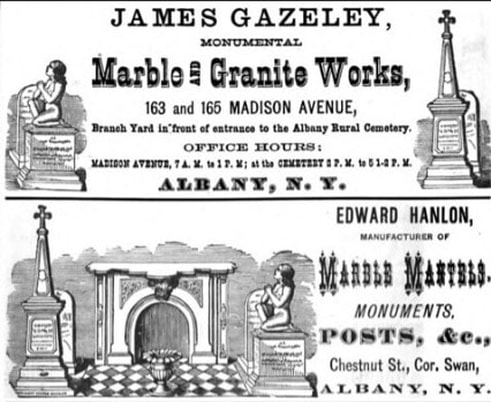






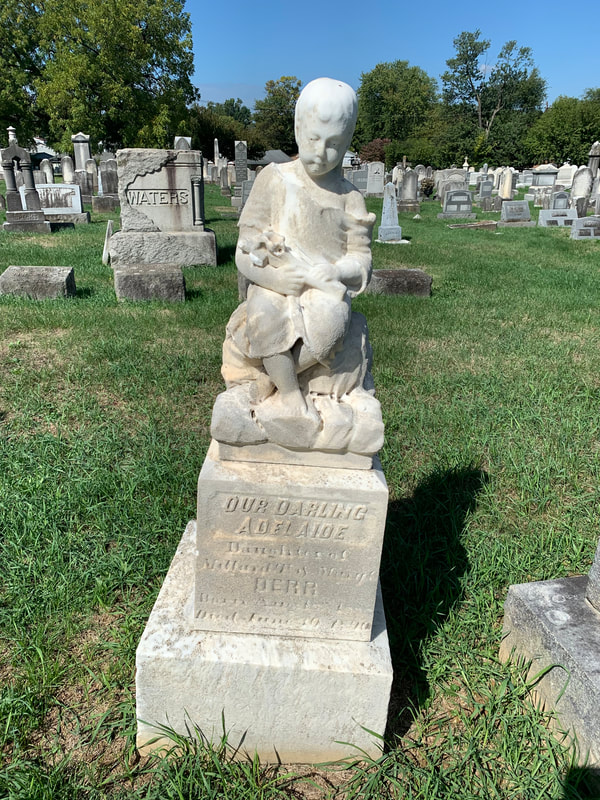






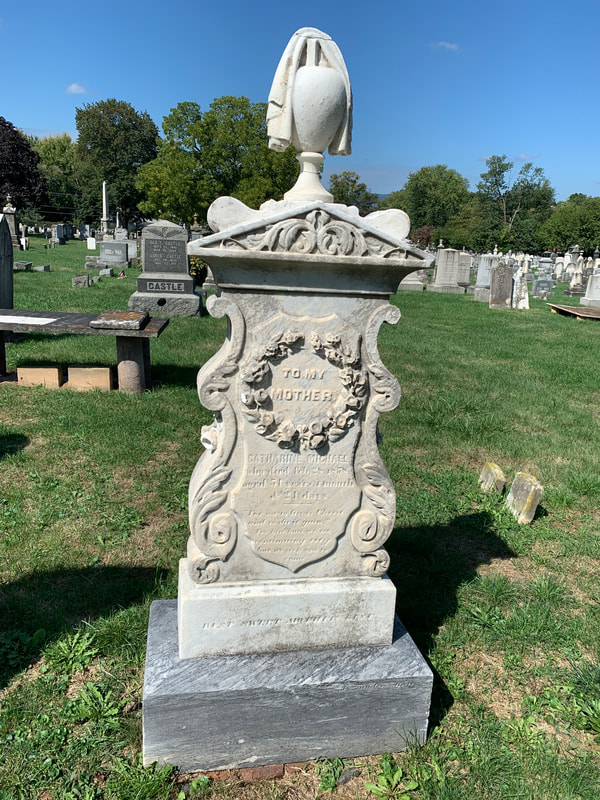

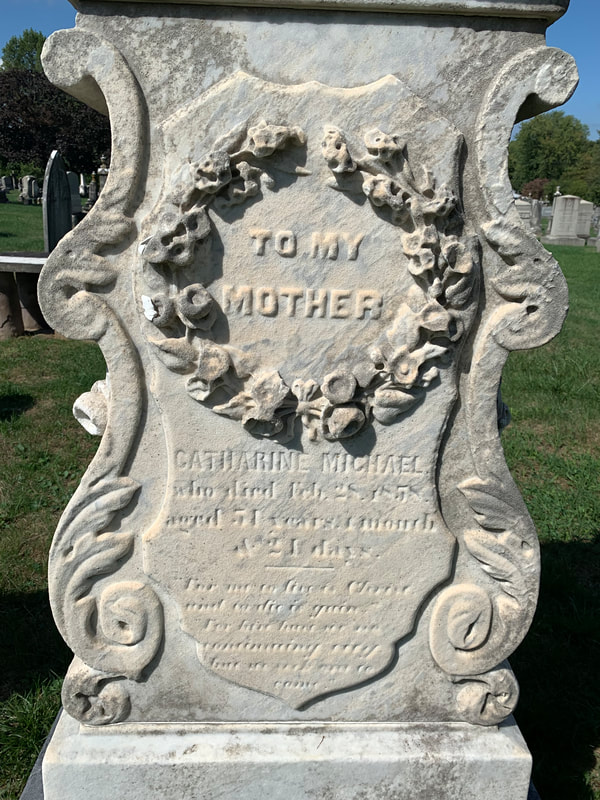











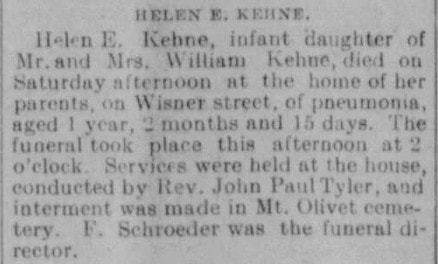







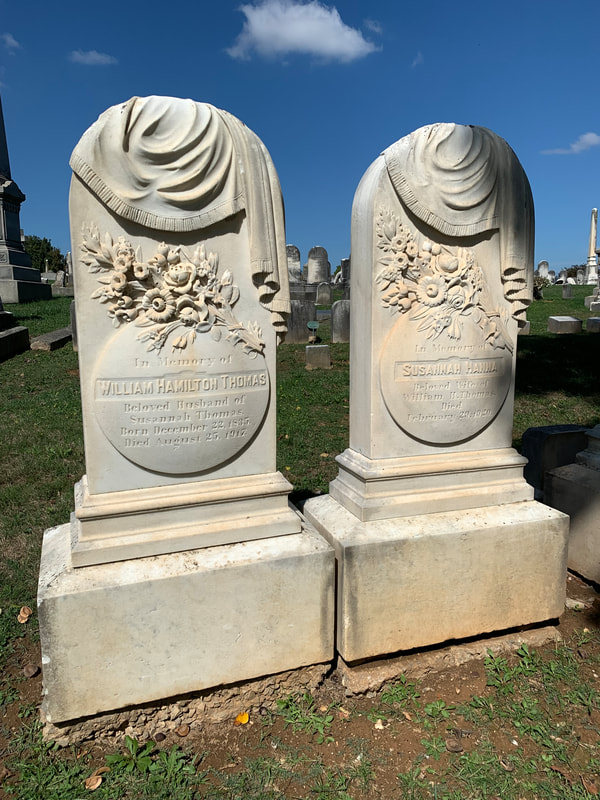

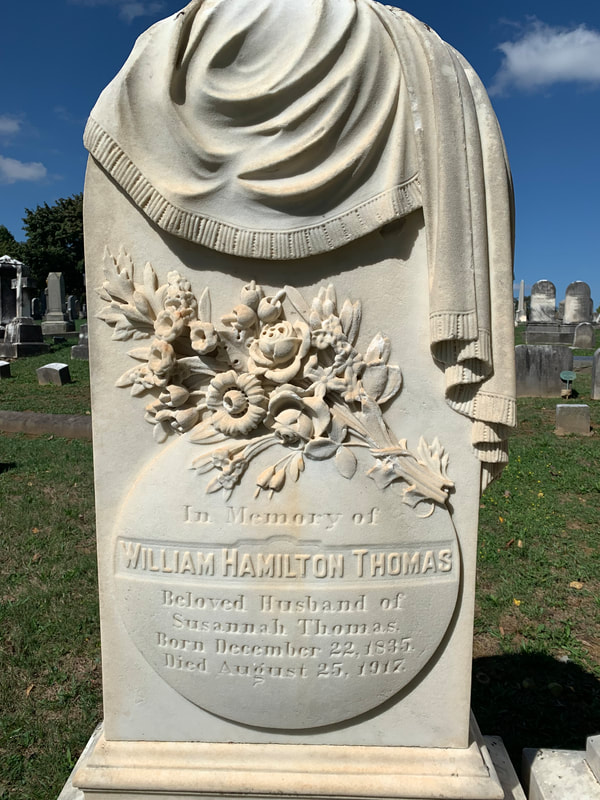
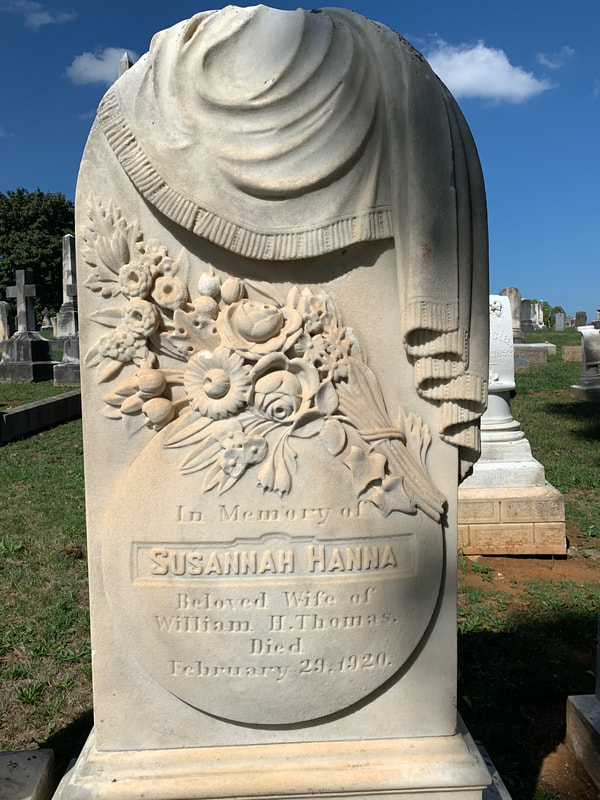



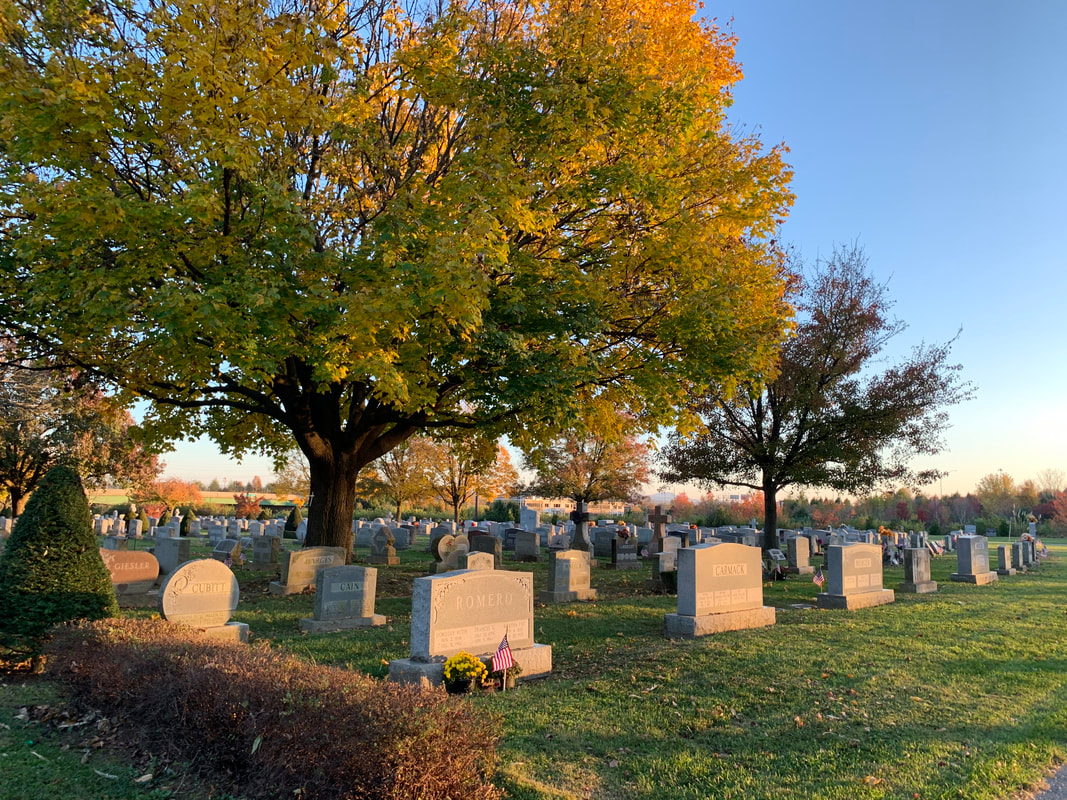

 RSS Feed
RSS Feed